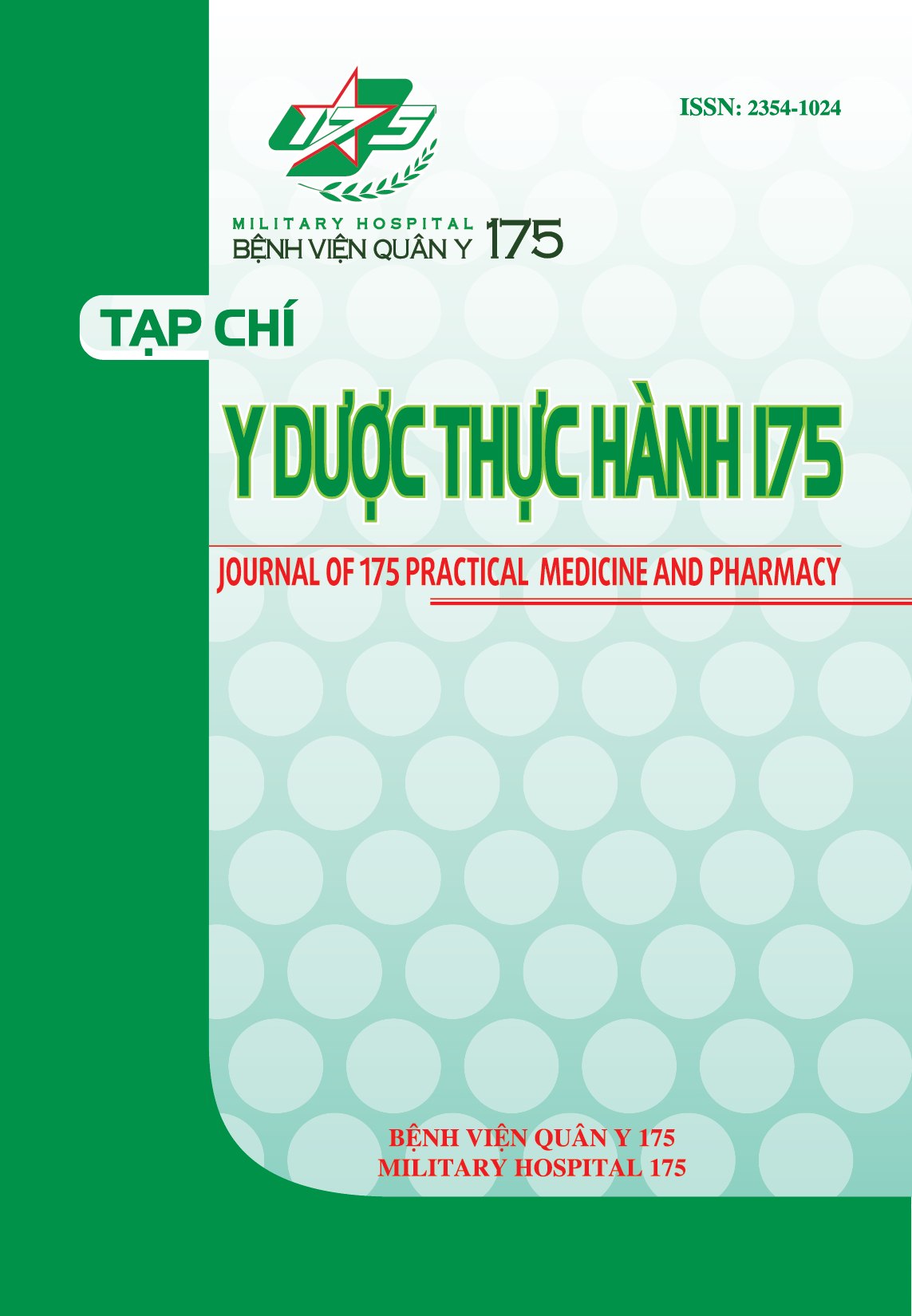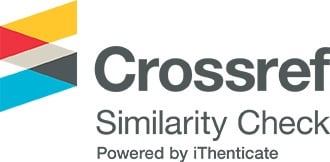CHARACTERISTICS AND OUTCOMES OF HEAT STROKE PATIENTS TREATED AT MILITARY HOSPITAL 175: A CASE SERIES REPORT
Authors
DOI: https://doi.org/10.59354/ydth175.2025.371Keywords:
Heat stroke, Multi-organ dysfunction, Disseminated intravascular coagulation, RhabdomyolysisReferences
Bouchama A, Knochel JP (2002). Heat stroke. N Engl J Med, 346(25),1978-88.
Epstein Y, Yanovich R (2019). Heatstroke. New England Journal of Medicine, 380(25),2449-59.
Garcia CK, Renteria LI, Leite-Santos G et al (2022). Exertional heat stroke: pathophysiology and risk factors. BMJ Med, 1(1),e000239.
Roberts WO, Armstrong LE, Sawka MN et al (2021). ACSM expert consensus statement on exertional heat illness: recognition, management, and return to activity. Current sports medicine reports, 20(9),470-84.
Hifumi T, Kondo Y, Shimizu K et al (2018). Heat stroke. J Intensive Care, 6,30.
Tham M, Cheng J, Fock K (1989). Heat stroke: a clinical review of 27 cases. Singapore medical journal, 30(2),137-40.
Shi L, Wang B, Wu Q et al (2024). Heatstroke: a multicenter study in Southwestern China. Front Public Health, 12,1349753.
Wang L, Fu X, He M et al (2023). Risk Factor Analysis and Nomogram for Predicting In-Hospital Mortality in ICU Patients with Heat Stroke: A National Multicenter Study. J Multidiscip Healthc, 16,3189-201.
Kruijt N, van den Bersselaar LR, Hopman MTE et al (2023). Exertional Heat Stroke and Rhabdomyolysis: A Medical Record Review and Patient Perspective on Management and Long-Term Symptoms. Sports Med Open, 9(1),33.
Belval LN, Casa DJ, Adams WM et al (2018). Consensus statement prehospital care of exertional heat stroke. Prehospital Emergency Care, 22(3),392-7.
Tucker L, Evans E (2023). Heatstroke on the Rise: A Guide to Implementing Tarp-Assisted Cooling With Oscillation (TACO) in the Emergency Department. Advanced Emergency Nursing Journal, 45(3),210-6.
Wu M, Wang C, Liu Z et al (2021). Sequential Organ Failure Assessment Score for Prediction of Mortality of Patients With Rhabdomyolysis Following Exertional Heatstroke: A Longitudinal Cohort Study in Southern China. Front Med (Lausanne), 8,724319.
Yang M, Li Z, Zhao Y et al (2017). Outcome and risk factors associated with extent of central nervous system injury due to exertional heat stroke. Medicine (Baltimore), 96(44),e8417.
Downloads
PDF Downloaded: 2










